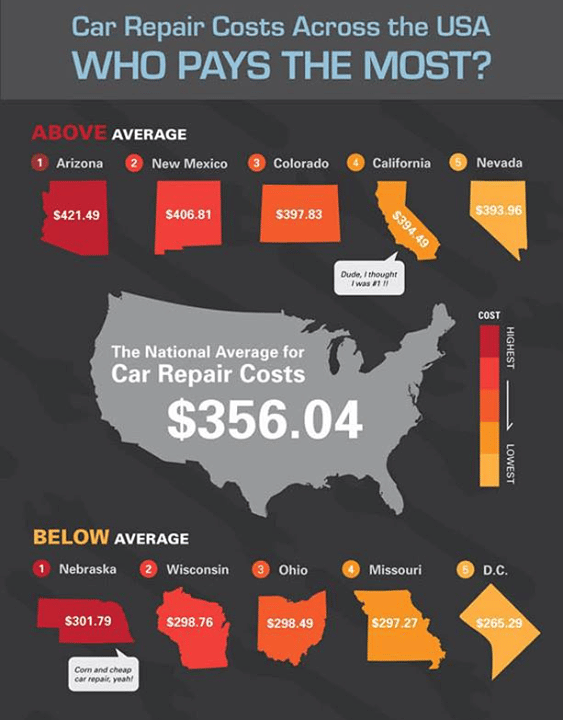Understanding Your Car'S Warning Lights: What Do They Truly Mean?
Understanding Your Car'S Warning Lights: What Do They Truly Mean?
Blog Article
Written By- https://brakepads51628.actoblog.com/30879786/discovering-the-hidden-gems-of-a-luxury-vehicle-service-center-experience
When you're behind the wheel, those glowing caution lights on your control panel can be a bit difficult. Do you know what they're trying to tell you about your car's health and wellness? Comprehending the importance of these lights is essential for your safety and the durability of your vehicle. So, the next time one of those lights appears, would not you want to decipher its message properly and take the required actions to resolve it?
Common Caution Lighting and Interpretations
Identify typical warning lights in your vehicle and understand their meanings to guarantee safe driving.
One of the most typical caution lights consist of the check engine light, which signals problems with the engine or discharges system. If this light comes on, it's critical to have your car examined quickly.
The oil stress cautioning light indicates low oil pressure, needing prompt focus to avoid engine damage.
A flashing battery light may recommend a defective billing system, possibly leaving you stranded otherwise addressed.
The tire stress monitoring system (TPMS) light signals you to reduced tire stress, influencing lorry security and fuel performance. Ignoring this can result in unsafe driving problems.
The abdominal muscle light suggests an issue with the anti-lock braking system, compromising your capability to stop rapidly in emergencies.
Lastly, view it now alerting light warns of engine getting too hot, which can result in extreme damages otherwise solved promptly.
Understanding these usual warning lights will certainly aid you attend to concerns immediately and preserve secure driving conditions.
Relevance of Prompt Focus
Comprehending the common warning lights in your cars and truck is only the initial step; the importance of without delay attending to these cautions can not be highlighted sufficient to ensure your safety on the road.
When a warning light illuminates on your dashboard, it's your car's means of interacting a prospective concern that needs attention. Overlooking these cautions can lead to much more serious troubles down the road, jeopardizing your safety and possibly costing you much more in repairs.
Trigger focus to cautioning lights can prevent malfunctions and crashes. For instance, a flashing check engine light might indicate a misfire that, if left ignored, could create damages to the catalytic converter. Addressing this quickly can conserve you from an expensive repair service.
Likewise, a brake system alerting light may signify low brake liquid or worn brake pads, critical elements for your safety and security when driving.
Do It Yourself Troubleshooting Tips
If you observe a caution light on your dashboard, there are a few do it yourself troubleshooting tips you can try prior to looking for specialist aid.
The primary step is to consult your auto's handbook to understand what the particular caution light suggests. Sometimes the issue can be as simple as a loosened gas cap setting off the check engine light. Tightening up the gas cap might fix the trouble.
Another typical problem is a low battery, which can trigger various warning lights. Inspecting the battery connections for corrosion and ensuring they're safe may fix the issue.
If a caution light continues, you can attempt resetting it by detaching the automobile's battery for a few mins and afterwards reconnecting it. In addition, inspecting your lorry's fluid levels, such as oil, coolant, and brake fluid, can assist troubleshoot warning lights connected to these systems.
Conclusion
In conclusion, comprehending your automobile's caution lights is important for maintaining your car running smoothly and securely. By quickly dealing with these signals and knowing what they suggest, you can avoid costly fixings and prospective failures.
Remember to consult your auto's manual for specific information on each alerting light and take action accordingly to make sure a hassle-free driving experience.
Stay notified, stay safe on the road!
